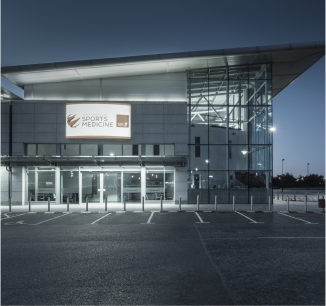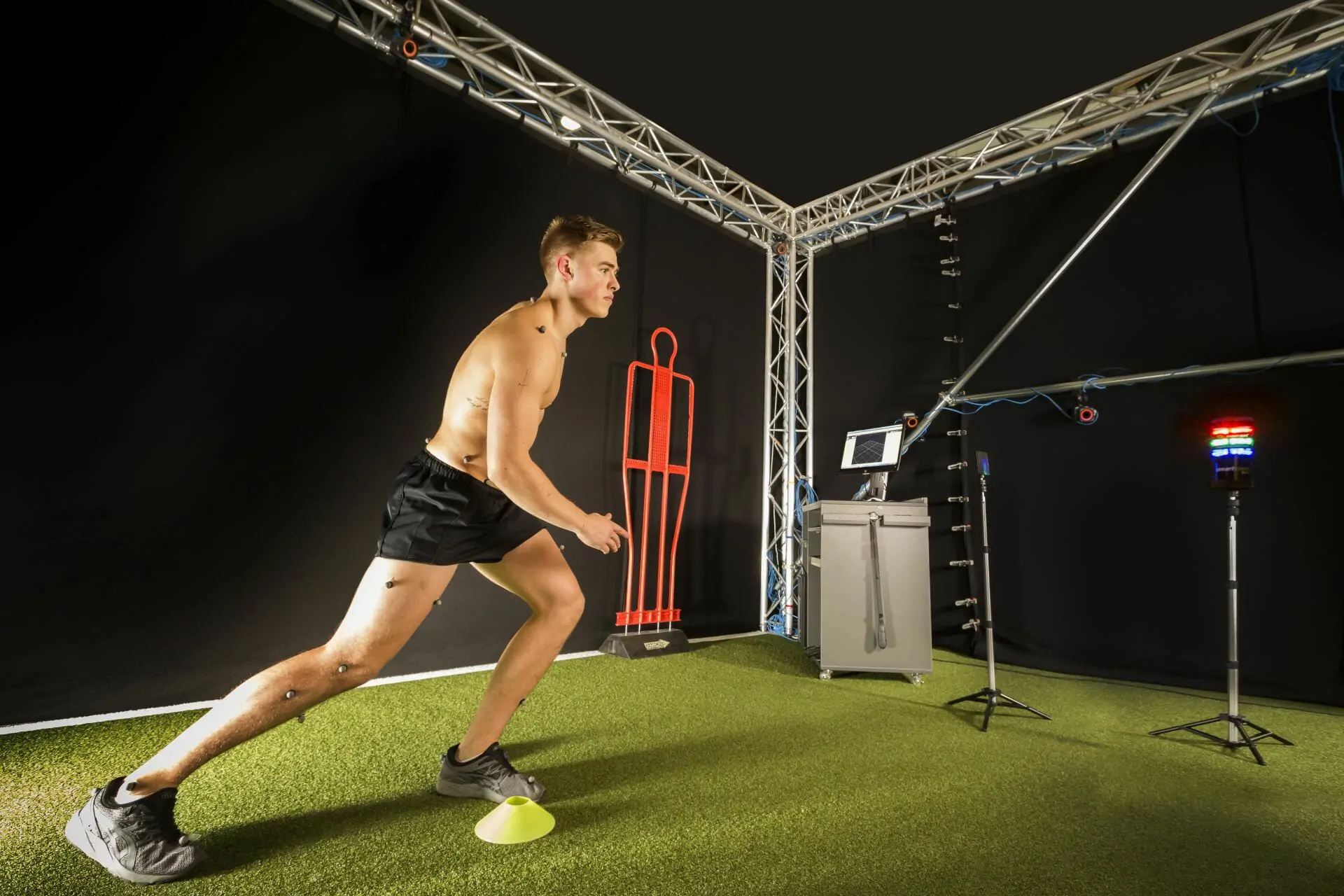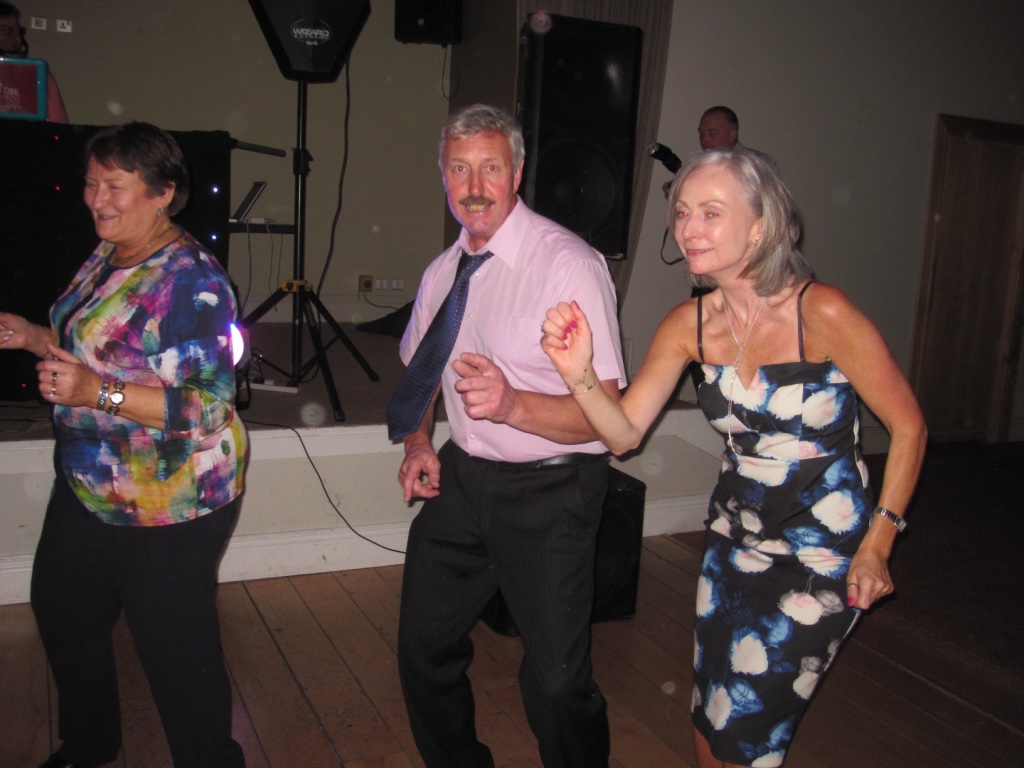Patients with shoulder arthritis or severe rotator cuff problems generally need shoulder replacement when they have severe pain, sleep disturbance, difficulty performing their normal activities and simpler options such as injections and physiotherapy have not been effective enough.
The operation will involve replacing the worn joint surfaces and implanting a metal and plastic joint. It is similar to the replacement of other joints such as hip or knee replacement .
Depending on the state of the surrounding internal muscles (rotator cuff) and degree of bone damage the type of replacement will either be a standard anatomical total shoulder replacement or reverse geometry shoulder replacement.
Your UPMC Sports Surgery Clinic Consultant will discuss the type that best fits your condition, and in fact, there is little difference in the post-operative care or rehabilitation with either as both types of replacement are now routine operations.
| For further information on shoulder pain or for advice on making an appointment with a UPMC Sports Surgery Clinic shoulder specialist, contact infossc@upmc.ie |
Patients for joint Replacement surgery generally require a pre-operative assessment (PAC) to ensure that they are fit enough for surgery and that their health is optimised.
Patients generally stay 2-3 days in hospital following shoulder replacement surgery.
Some patients may need to stay longer if they have underlying medical conditions which may require a longer hospital stay.
Postoperative convalescence may need to be arranged if necessary.
Patients wear a sling following surgery though they are allowed to use the arm below the elbow immediately after surgery to use cutlery, wash teeth, read a book or use a computer.
The sling supports the weight of the arm but does not need to be tight and it is a perfect alternative to support the arm with a pillow instead.
Icing the shoulder may help reduce swelling and help discomfort.
Four to six weeks: You will wear a sling. If you regain an adequate range of motion, strength and confidence you may be able to return to driving. Your consultant will advise you on this.
Six weeks: You may use the whole arm, including shoulder, for light activity.
Eight weeks: (more in some cases) –You may begin unrestricted, active use of the arm and shoulder.
Three months: Most people are reasonably comfortable, have a range off motion about half of what is normal, and experience some weakness.
Six months: Most people are pain-free (although they may experience pain during certain weather conditions), and have motion and strength about two-thirds that of a normal level.
Patients generally have returned to golf, swimming and other sports at this time.













